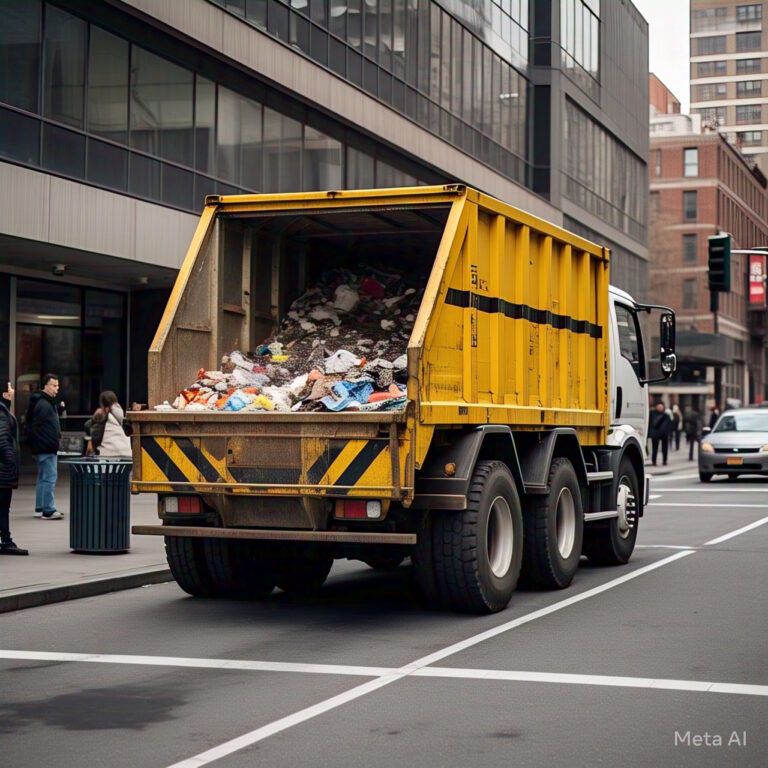Introduction
In the world of international trade, customs clearance stands as a crucial process that determines the smooth flow of goods across borders. Proper customs clearance ensures compliance with legal regulations, facilitates trade relationships, and prevents delays or penalties. This article provides comprehensive advice on navigating the customs clearance processing advice effectively, addressing key considerations, documentation requirements, and strategies to streamline the process.
Understanding Customs Clearance
Customs clearance refers to the procedure through which imported or exported goods are inspected, verified, and approved by customs authorities. The primary goals of this process are to ensure accurate declaration of goods, assessment of applicable duties and taxes, adherence to legal and regulatory requirements, and the prevention of prohibited or restricted items from entering or leaving a country.
Key Considerations for Smooth Customs Clearance
- Accurate Documentation: Prepare and submit accurate and complete documentation, including invoices, bills of lading, packing lists, and certificates of origin. Any discrepancies can lead to delays or even confiscation of goods.
- Classification of Goods: Properly classify your goods according to the Harmonized System (HS) code, which assigns a unique code to each product. The HS code determines the applicable duties and taxes, as well as any restrictions or regulations.
- Valuation of Goods: Ensure that the value of goods is correctly declared. Customs duties and taxes are often based on the declared value of the goods, and under-declaring can lead to penalties.
- Compliance with Regulations: Stay updated with the import and export regulations of the destination country. This includes checking for any restrictions, licenses, or permits required for specific goods.
- Authorized Customs Brokers: Utilize the services of authorized customs brokers or freight forwarders. These professionals have in-depth knowledge of customs procedures and can help navigate complex regulations.
- Pre-Shipment Inspection: Some countries require pre-shipment inspection of goods to verify their quality, quantity, and conformity to standards.
Documentation Requirements
- Commercial Invoice: Provides details about the transaction, including the parties involved, a description of the goods, unit prices, and terms of sale.
- Bill of Lading (B/L): Acts as a receipt for the goods and a contract between the shipper and the carrier. It includes shipping details, consignee information, and the description of the goods.
- Packing List: Provides a detailed breakdown of the contents of each package, including quantity, weight, and dimensions.
- Certificate of Origin: Declares the origin of the goods and may be required to qualify for preferential tariffs under trade agreements.
- Import/Export Licenses and Permits: For goods that are subject to restrictions, certain licenses or permits might be required.
Strategies to Streamline Customs Clearance
- Advance Preparation: Begin the customs clearance process well in advance of the goods’ arrival to account for potential delays or issues.
- Use of Technology: Leverage digital platforms and customs software to submit documents electronically, track shipments, and receive notifications about clearance status.
- Transparent Communication: Maintain open communication with customs authorities, brokers, and other relevant parties. Promptly respond to any requests for additional information.
- Risk Management: Implement risk assessment strategies to identify potential compliance issues and address them proactively.
- Utilize Free Trade Agreements: If applicable, take advantage of free trade agreements that offer reduced or waived duties for specific goods traded between certain countries.
Conclusion
Navigating the customs clearance process successfully requires a meticulous approach, adherence to regulations, accurate documentation, and strategic planning. By understanding the key considerations, preparing the necessary documentation, and implementing effective strategies, importers and exporters can ensure a smooth customs clearance process, enabling their goods to move seamlessly across borders while remaining compliant with international trade laws.






